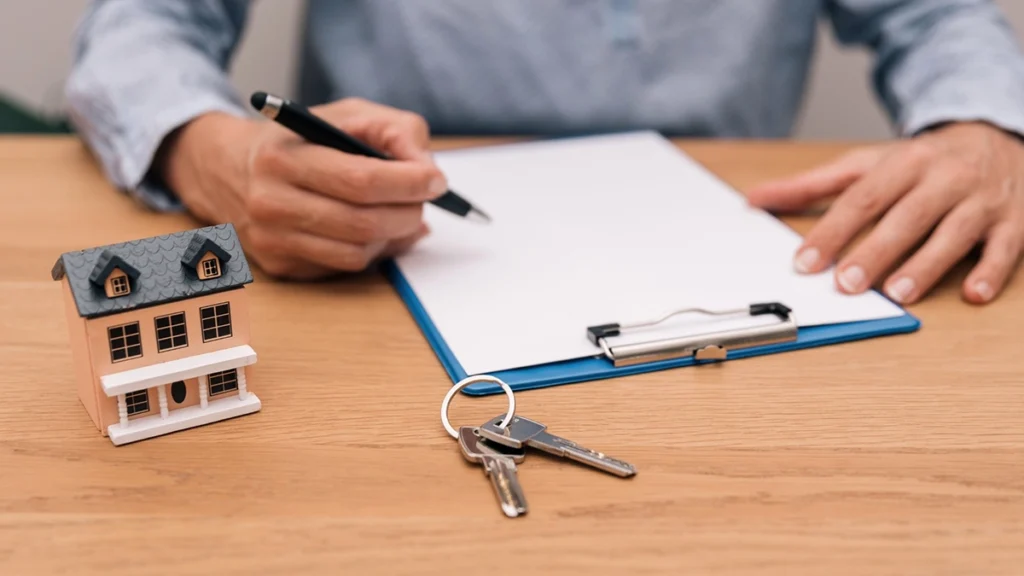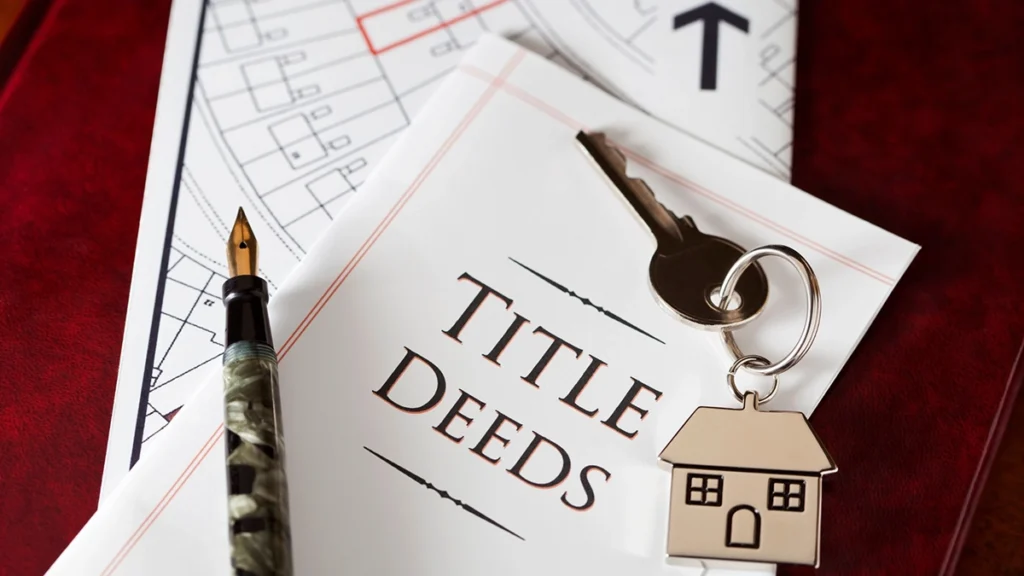Your home holds more than memories. It carries the story of your hard work, your family, and your dreams for the future. When it comes to planning, every homeowner wants a way to protect that legacy without losing control or getting lost in legal complexity.
That is where a Lady Bird Deed can make all the difference. It is a simple, powerful legal tool that helps you secure your home, avoid probate, and bring peace of mind to the people you love.
In this beginner’s guide, we will explain exactly how it works, why it matters, and how easy it can be to put in place for your family’s future.
What Is a Lady Bird Deed?
A Lady Bird Deed is a type of life estate deed. With a standard life estate, the property owner transfers ownership to a beneficiary but retains the right to live in the home until death. Once the owner passes, the property transfers automatically to the beneficiary.
The Lady Bird version adds something important: the “enhanced” rights. These rights allow the owner to sell, mortgage, or change the deed during their lifetime without the beneficiary’s permission. That flexibility makes the Lady Bird Deed unique compared to a traditional life estate.
Probate, the court process for validating a will and distributing property, is often lengthy and expensive. Because a Lady Bird Deed transfers property outside of probate, families can avoid court involvement. This distinction is one of the main legal benefits that make the deed appealing.
Where Lady Bird Deeds Are Recognized
Lady Bird Deeds are not available everywhere. Currently, they are recognized only in Florida, Texas, Michigan, West Virginia, Vermont, and North Carolina. Homeowners in these states can use the deed as a tool to simplify estate transfers. In other states, other methods such as Transfer-on-Death Deeds may be available, but the Lady Bird structure is specific to this limited list of states.
How a Lady Bird Deed Works Legally
The legal structure of a Lady Bird Deed rests on three parts: the grantor (the current property owner), the life estate (the right to use the property during life), and the remainder interest (the beneficiary’s future right to ownership). The deed states that the grantor keeps full control during life, but upon death, the property transfers directly to the named beneficiary.
Importantly, this transfer overrides a will. Even if a will says the property should go to someone else, the Lady Bird Deed controls the outcome. That certainty helps families avoid disputes later. Since recording requirements vary by county, the deed must be properly executed and filed with the local records office to be effective.
Legal Benefits for Homeowners
Avoiding Probate
The most obvious benefit is avoiding probate. Probate proceedings can take months or even years and involve attorney fees, court costs, and delays. With a Lady Bird Deed, the beneficiary records the death certificate and an affidavit. The property transfers immediately without court oversight.
Maintaining Control
Unlike a traditional life estate, the Lady Bird Deed gives the grantor enhanced rights. The homeowner can refinance, sell, or change beneficiaries. This prevents the sense of being locked in that comes with a standard life estate. Many homeowners appreciate knowing they are not giving up flexibility.
Protection Against Medicaid Estate Recovery
In certain states like Florida, the Lady Bird Deed can protect the family home from Medicaid estate recovery. When a homeowner receives Medicaid benefits for long-term care, the state may attempt to recover costs from the estate after death. Because the Lady Bird Deed transfers the property outside probate, there may be nothing in the estate for the state to claim. This feature is particularly valuable for older homeowners planning for possible nursing home care.
Tax Considerations
Lady Bird Deeds carry unique tax consequences. From a property tax perspective, homeowners usually retain their homestead exemption since they maintain control of the property.
For income tax purposes, the beneficiary typically receives a “stepped-up basis” at the time of inheritance. This means the property’s value is adjusted to the fair market value on the date of death, reducing potential capital gains tax if the property is later sold.
For example, a Florida homeowner in her late 60s who bought her home decades ago for $80,000 may see its value rise to $300,000. If she uses a Lady Bird Deed and her daughter inherits the property, the daughter’s basis will be $300,000, not the original $80,000. That step-up can prevent large tax bills.
The owner also keeps the ability to sell during life if circumstances change, keeping flexibility intact.
Limitations and Risks
Like all legal tools, Lady Bird Deeds have limits. They only transfer the property named in the deed. Other assets like bank accounts, vehicles, or investments are not included. In blended families, disputes may still arise if heirs feel excluded. If a grantor forgets to update the deed after refinancing or selling property, errors can cause confusion.
Also, because the deed is recognized in only a handful of states, moving to a state without recognition can complicate matters.
Lady Bird Deeds Versus Other Estate Tools
It helps to compare the Lady Bird Deed with other estate-planning methods. A revocable living trust also avoids probate and provides flexibility but requires ongoing management. A traditional life estate offers probate avoidance but restricts the grantor’s freedom.
A Will provides clear instructions but still requires probate. The Lady Bird Deed strikes a balance by offering both control and probate avoidance, but only for real estate.
Practical Steps in Creating a Lady Bird Deed
Drafting and Recording
The deed must be drafted to include all required elements, such as the grantor’s name, the legal description of the property, and the beneficiaries. It must clearly state the grantor’s retained rights. Once signed, it must be recorded in the local county records office to be valid. Recording provides public notice and ensures enforceability.
Updating the Deed
If the homeowner wishes to change beneficiaries or sell the property, the Lady Bird Deed allows updates without involving the beneficiaries. This makes it one of the most flexible estate-planning tools available in states that recognize it.
Why Many Families Choose Lady Bird Deeds
For many families, the combination of simplicity, savings, and peace of mind makes the Lady Bird Deed attractive. Probate avoidance is a financial benefit, but the emotional benefit may be greater. Families can focus on grieving and supporting each other rather than managing paperwork.
In one example, a 72-year-old homeowner in Texas used a Lady Bird Deed so her son could inherit their longtime home. When she passed, the transfer was immediate, sparing her son from court delays and thousands in fees. For him, the legal structure provided both financial relief and emotional stability.
Key Takeaways
- A Lady Bird Deed is an enhanced life estate deed that allows control during life and avoids probate at death.
- The deed overrides a will for the property and is recognized only in Florida, Texas, Michigan, West Virginia, Vermont, and North Carolina.
- It can protect against Medicaid estate recovery and provide tax benefits through stepped-up basis.
- It is a simple, cost-effective tool, but it applies only to real estate and has limitations compared to trusts.



